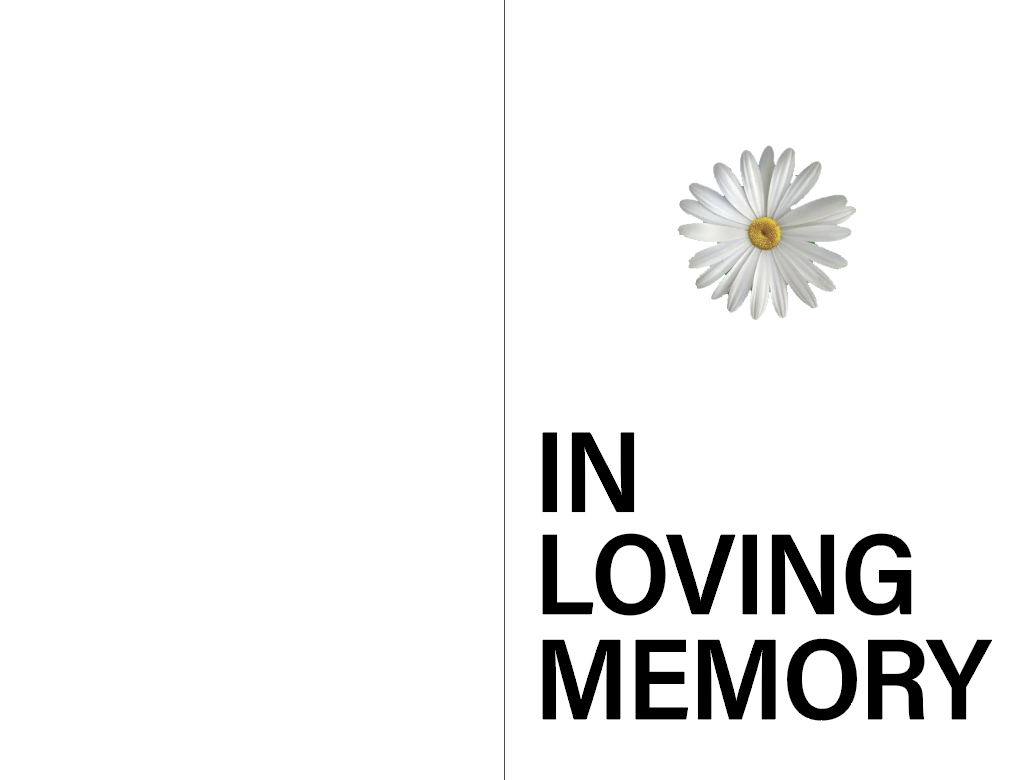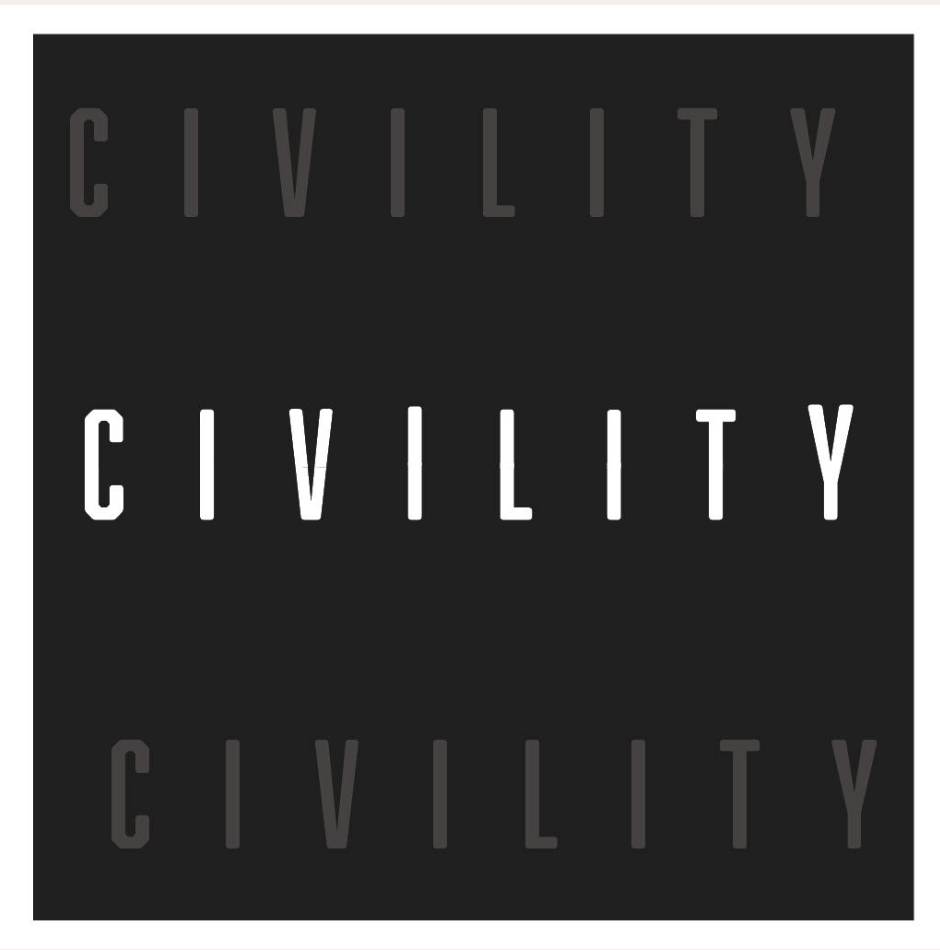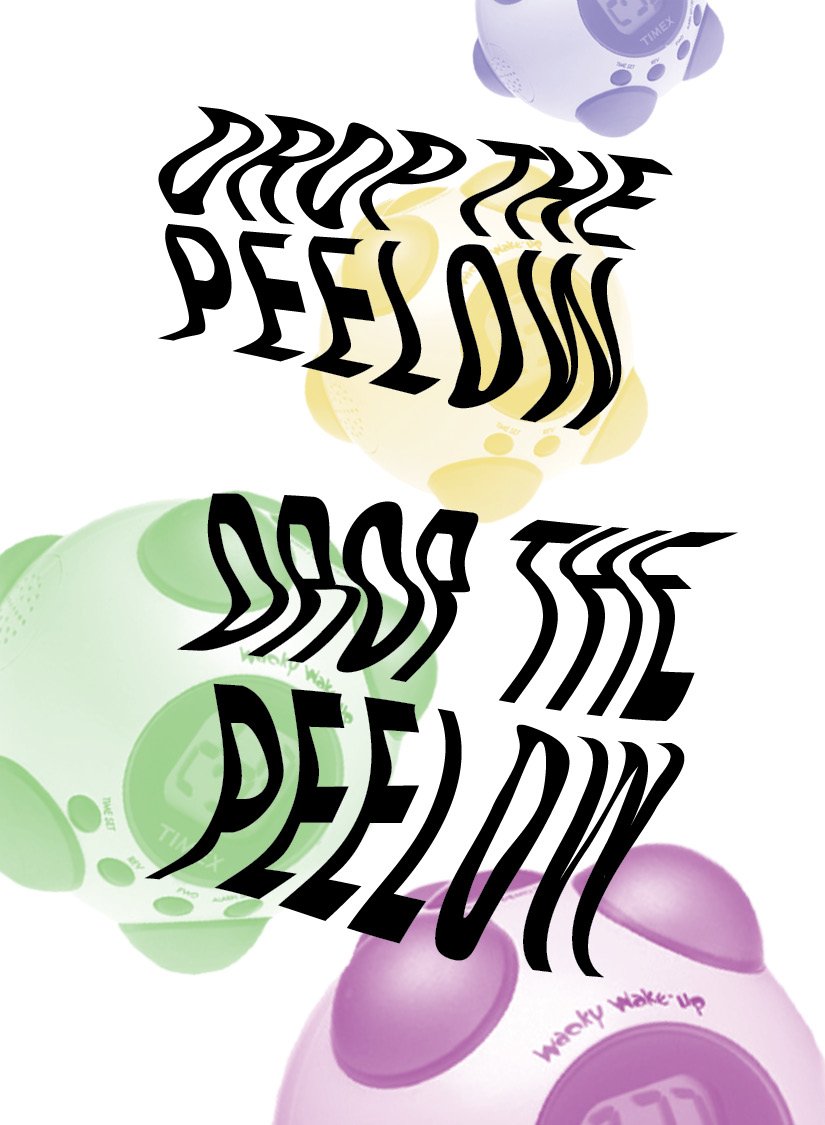Print Design
Project 1: wikipedia pamphlets
Spring 2021
In Spring of 2021, my professor had us choose an article on Wikipedia to typeset into a booklet. We had the freedom to design the pamphlet in any way we chose, as long as there was an organized system. I decided to do mine on civility of online platforms and the information that is accessible to us on Wikipedia itself.
On the final page, the word civility is finally formed - the two divided sides at the top and the bottom forms the final word in the middle.
Project 2: in loving memory
Fall 2021
We are all experts of our own lived experiences.
Hit freeze on a moment, an incident, from the next two days. It cannot be something from the past. This prompt is all about the details, try to avoid a massive topic that presents you with a void of endless possibility.
What do I do with this incident? Dissect it, analyze it, in every way possible. Through field recordings, video, photo, collect things from the surroundings that relate to the incident.
2 days after we were assigned this brief, my grandmother passed away. This unfortunate, emotional incident led me to think about the relationship between Earth and our spiritual lives. I decided to take a scientific approach to this and combine it with my own poetry dedicated to my grandmother to make it more personal. In my research, I found that the process of decay recycles the dead and resupplies the building blocks of life. I used the imagery of an apple throughout the book to represent how fruit is perishable and ephemeral, and how it acts as a representation of the transient nature of our existence.
For the final book, I decided to french-bind it and include a hand-written Author’s Note at the end.
Project 3: object book
Spring 2022
In Spring 2022, my professor gave us the task to create a book about any object of our choosing, I chose the wacky wake-up clock - something I have had since I was 5 years old. This 2005 Wacky Wake-Up clock is older than my little sister. At 17 years old, the worn out exterior and battery-less old device is something that most people would throw out in a heart-beat. Why store something useless after all these years?
As a child, I remember showing the clock to whoever came to my room. The different phrases narrated in various accents always made me laugh; it was the coolest thing ever. When I took it out of the box that night, the button to play those phrases no longer worked. So, I looked up a video online to reminisce about past memories. While listening, I started to become shocked at what I was hearing. At first glance, the phrases might seem harmless and fun, but I realized how racist and inappropriate they actually were. They not only poked fun at or portrayed stereotypes of certain cultures, but they also culturally appropriated them.
This realization of the difference between my perception of things now and how I felt about it as a child, got me thinking about the concept of Freud’s three levels of consciousness; the Unconscious, Subconscious, and Conscious. Metaphorically, I made the connection of how my mindset changed and morphed through the 3 phases as I got older. I went from a child with innocence, who perceived the object as nothing more than a fun clock that instead of a traditional ring, would let out hilarious phrases. After a few years of separation, my view of the clock changed, and this book is a visual representation of those perceptions.
Section 1: Unconscious
The unconscious mind is where all of our memories and past experiences reside. It’s from these memories and experiences that our beliefs, habits, and behaviors are formed. It is the storehouse of deep-seated emotions that have been programmed since birth.
According to Sigmund Freud, thoughts and emotions outside of our awareness continue to exert an influence on our behaviors, even though we are unaware of these underlying influences.
Section 2: Subconscious
The subconscious mind consists of anything that could potentially be brought up into the conscious mind. It acts as a guard, and controls the information that is allowed to enter into conscious awareness.
It is a data-bank for everything, which is not in your conscious mind, by storing your beliefs, previous experiences, memories, and skills, Everything you have seen and done is already there. It monitors the information coming from the senses for dangers and opportunities.
In the journey through the subconscious mind, I reflect on awareness of the reality of the clock and how my relationship to it was slowly changing. My awareness of then stereotyping and appropriation of the phrases was bubbling up to face reality.
Section 3: Conscious
The Conscious mind contains all the thoughts, memories, and feelings of which you are aware of at any given moment. This is the part of our mental processing that we can think and talk about rationally. In the conscious mind, parts of our memory can be brought into awareness. It tends to focus attention on the most important or pronounced elements. Our insights in the conscious mind gives the same sense of immediacy as our sensory perceptions, We take what we perceive to be valid knowledge about the world. This perception is composed of interlocking strands that come together below awareness to form a meaningful whole.
In this last stage, I reflect on the connection between my unconscious and subconscious thoughts, and how they form my awareness of everything in the present. I learn to combine my playful perception with reality to form a new one.





























